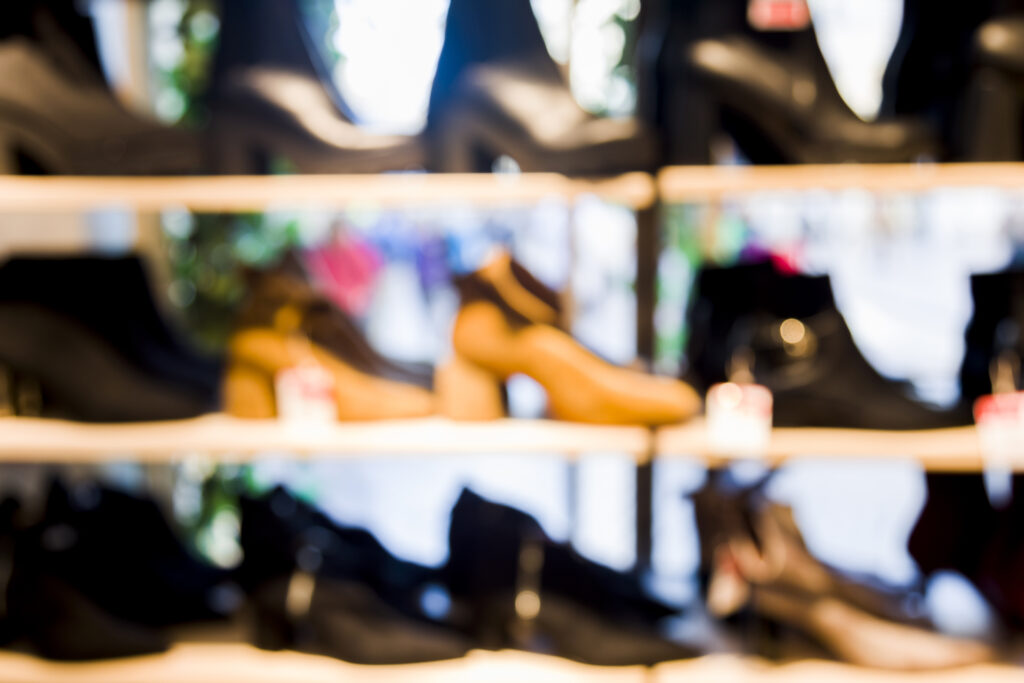Business Planning & Strategy, Financial Models
Shoe Store Business: Costs, Revenue Potential & Profitability
Shoe retail is a consumer discretionary business driven by trends, seasonality, and brand affinity. While gross margins are strong, profitability is determined by inventory turn, multi-size SKU management, and product mix optimization. Footwear is uniquely capital-intensive due to sizing complexity, which amplifies inventory risk. Successful operators scale not just by volume, but by maximizing sell-through rates, basket size, and sell-at-full-price percentage.
Asset Configuration
CapEx is moderate, focused on display infrastructure, fitting space, storage, and POS systems. A typical storefront includes 600–1,500 sq. ft., with back-of-house inventory storage to support SKU density across multiple sizes.
| Asset Category | Cost Range (USD) | Notes |
|---|---|---|
| Fixtures, Racks & Seating | $20,000 – $35,000 | Wall displays, try-on benches, mirrors |
| POS & Inventory Software | $5,000 – $10,000 | Barcode scanning, size/SKU-level inventory control |
| Storage & Backroom Buildout | $10,000 – $20,000 | Shelving, labeling, pick/pack efficiency |
| Branding, Signage, Lighting | $10,000 – $20,000 | High visibility storefront, premium ambiance |
| Opening Inventory (multi-size) | $80,000 – $150,000 | Across styles, colors, and size ranges |
Total CapEx: $125,000 – $235,000, primarily driven by inventory. Operators must balance style breadth with SKU depth to avoid excess stock.
Revenue Model
Revenue is transaction-based, with average ticket sizes ranging $70–$150, often lifted by accessories or second-pair discounts. Top-line performance is driven by style-season rotation, brand exclusivity, and repeat customer base. Add-on revenue comes from insoles, laces, socks, weatherproofing, and custom fitting services.
Annual Revenue Potential for a 1,200 sq. ft. Urban Footwear Store
| Revenue Stream | Volume Assumption | Annual Revenue (USD) |
|---|---|---|
| Footwear Sales | 18,000 transactions @ $90 avg. | $1,620,000 |
| Accessories & Add-ons | 6,000 items @ $18 avg. | $108,000 |
| Online Sales (in-store fulfillment) | $200,000/year | $200,000 |
| Premium Fitting Services | 1,000 sessions @ $30 avg. | $30,000 |
| Total | $1,958,000 |
High-performing footwear retailers in strong urban or tourist locations can exceed $2.5M–$3.5M/year. Under-optimized shops or those without digital channels often cap at $400K–$800K.
Operating Costs
COGS is typically 50–55%, depending on brand mix (private label vs. wholesale). Labor is lean but requires trained associates. Other key costs include rent, shrinkage, returns, and marketing.
| Cost Category | Annual Cost (USD) |
|---|---|
| COGS (Footwear + Accessories) | $980,000 – $1,075,000 |
| Wages & Payroll | $235,000 – $295,000 |
| Rent & Utilities | $160,000 – $195,000 |
| Marketing & Promotions | $80,000 – $115,000 |
| Returns, Shrinkage, Markdown | $60,000 – $95,000 |
| POS, Software, E-commerce | $40,000 – $55,000 |
| Total | $1.55M – $1.83M |
Efficient stores with strong full-price sell-through and low markdown dependency achieve 20–25% EBITDA margins. Overstocked stores with low turn and high return rates fall below 10%.
Profitability Strategies
Shoe retail profitability hinges on inventory velocity, basket maximization, and margin discipline.
First, implement size-informed buying. Size-SKU distortion is a silent profit killer. Use historical sales data to avoid overstocking fringe sizes and prioritize top-selling ranges (e.g., men’s 9–11, women’s 7–9). Keep inventory lean and seasonal and aim for 4–5 inventory turns per year to reduce capital lock-up.
Second, structure the floor for bundle conversion. Position high-margin accessories (socks, waterproofing sprays, insoles) next to fitting areas and script staff to upsell at checkout. Target accessory attach rates > 30% and measure revenue per transaction daily.
Third, maximize sell-through at full price. Introduce limited-time exclusives, VIP previews, and loyalty offers to reduce reliance on markdowns. Use “first markdown only” protocols and remove slow movers early via online clearance or outlet strategies to protect brand perception.
Digitally, integrate e-commerce with in-store inventory to enable “buy online, pick up in-store” and local delivery. Leverage CRM systems to re-engage high-LTV customers with personalized promos based on prior size/style preferences.
Lastly, monitor inventory aging, sell-through by SKU, and gross margin return on inventory (GMROI) as core metrics. Profit is made not at checkout but at the point of purchase order.
So what?
A shoe store is not just retail but rather an inventory-turn and attachment-rate machine. Profitability depends on sizing precision, full-price sell-through, and per-transaction yield. Operators who structure buying, automate reorders, and train for conversion can achieve 20–25% EBITDA margins with $125K–$235K CapEx. In footwear, the shelf holds value but velocity drives profit.

Are you considering opening your Shoe Store business? Download the comprehensive Shoe Store Business Financial Model Template from SHEETS.MARKET to simplify your financial planning. This tool will help you forecast costs, revenue, and potential profits, making securing funding and planning for success for your Shoe Store business easier.



